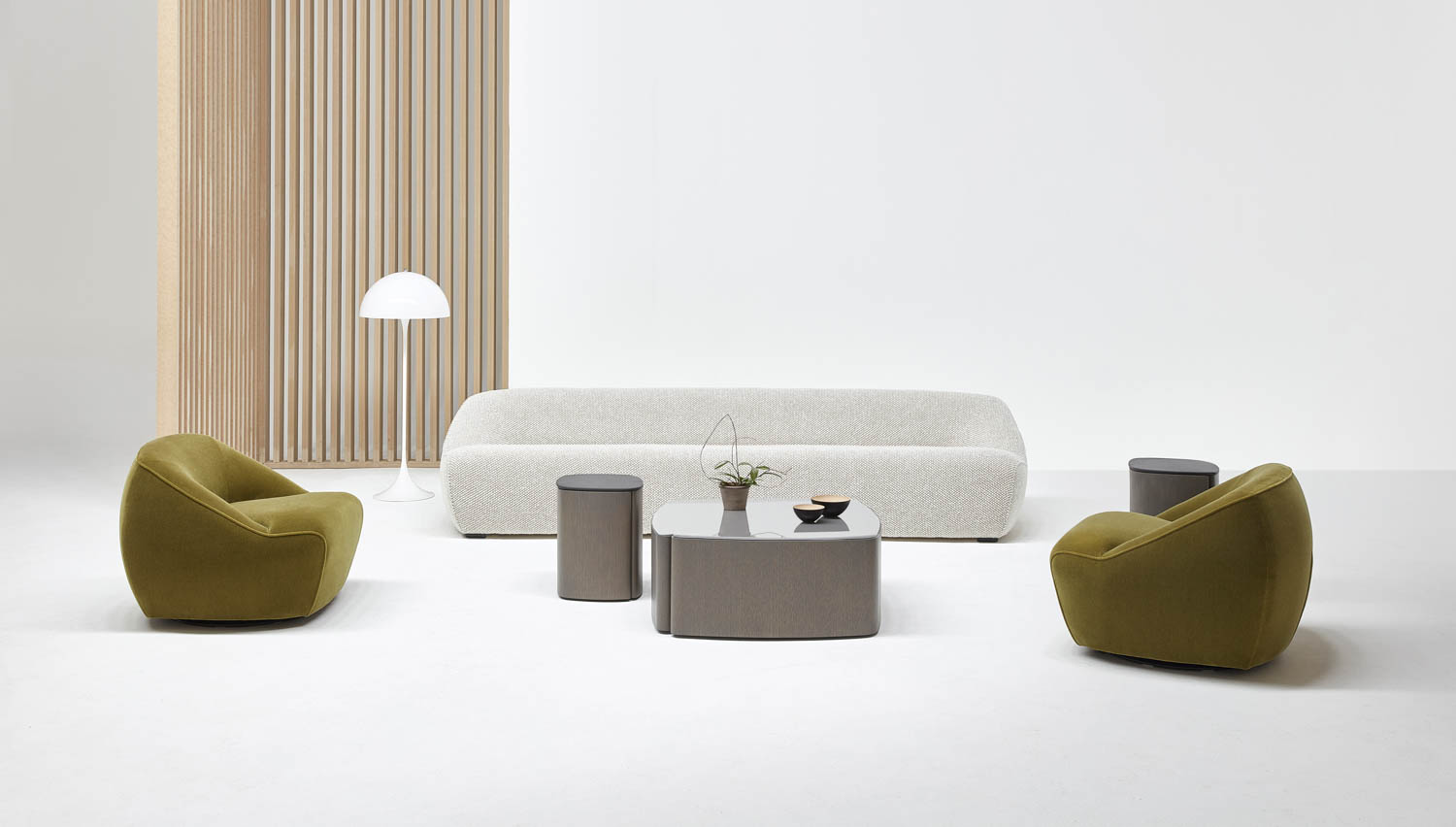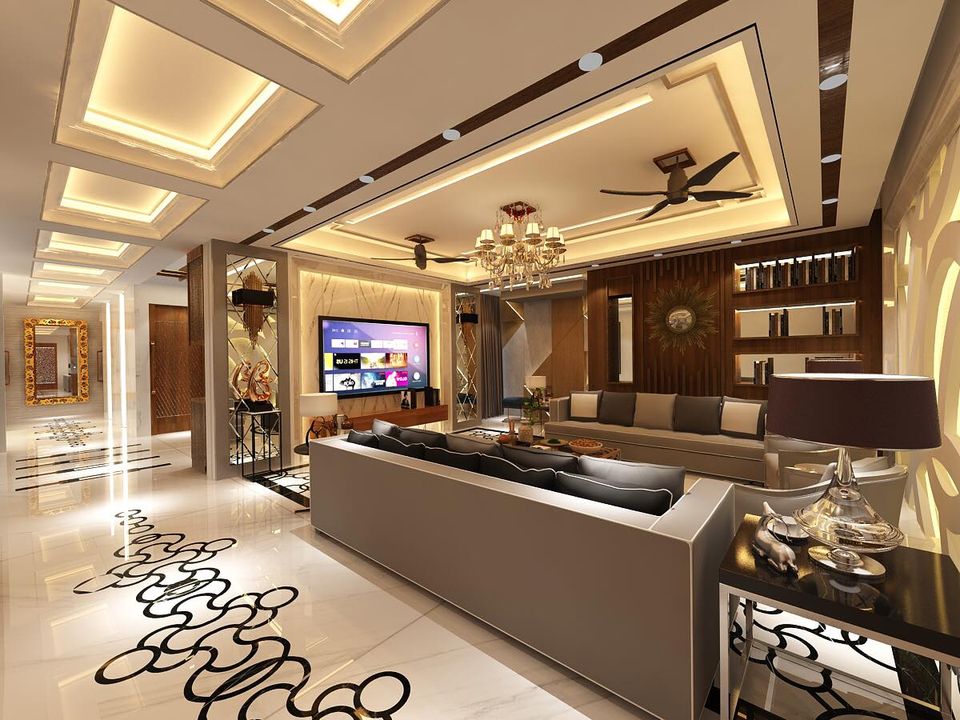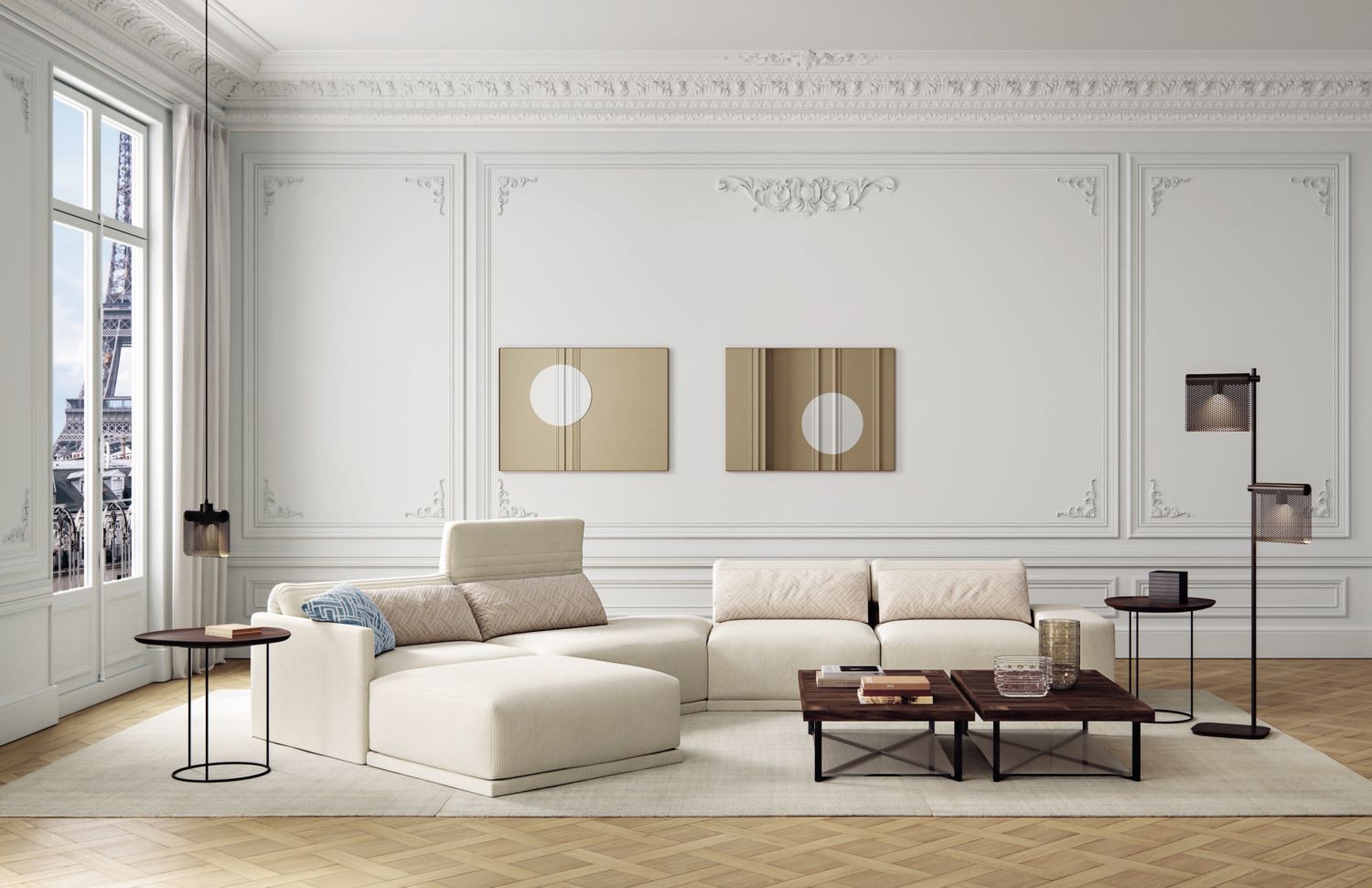Interior design is the art and science of enhancing the interior of a space to achieve a more aesthetically pleasing and functional environment for the people using the space. This includes designing and arranging furniture, choosing colors and materials, and selecting decorative items to create a cohesive and harmonious look and feel within a space.
Interior designers use their creativity, technical knowledge, and practical skills to transform indoor spaces such as homes, offices, restaurants, and hotels into functional, comfortable, and visually appealing environments. They work closely with clients to understand their needs, preferences, and budget, and then use their expertise to create a space that meets those requirements.
The field of interior design also involves knowledge of architecture, construction, and building codes, as well as a deep understanding of lighting, acoustics, and environmental psychology. Interior designers must be able to balance aesthetic considerations with functional requirements such as safety, accessibility, and efficiency.

a cohesive and well-designed space. Some of the key elements of interior design include:
- Space – Space is one of the most important elements of interior design, and involves the use of both positive and negative space to create a balanced and harmonious environment.
- Color – Color plays a vital role in interior design, as it can evoke emotions and set the tone for a space. Designers must carefully consider the use of color in a space, including the use of complementary and contrasting colors, as well as the impact of natural and artificial light.
- Texture – Texture refers to the surface quality of materials used in interior design, such as fabrics, flooring, and wall coverings. The use of texture can add visual interest and depth to a space.
- Pattern – Pattern refers to the repetition of a design element, such as a print or shape, in a space. Patterns can add interest and energy to a space, but must be used carefully to avoid overwhelming the design.
- Light – Lighting is an important aspect of interior design, as it can affect the mood and functionality of a space. Designers must consider both natural and artificial lighting, and use lighting fixtures to create a balanced and functional space.
- Proportion and Scale – Proportion and scale refer to the relative size and relationship of different elements within a space. Designers must carefully consider the proportions of furniture and other elements to create a well-balanced and visually appealing space.
Interior design can be divided into different areas of specialization, depending on the type of space being designed and the specific needs of the client. Some of the most common areas of interior design include:
- Residential design – Residential designers work on homes and apartments, creating living spaces that are comfortable, functional, and visually appealing. They must consider the specific needs of the occupants, such as storage requirements, accessibility, and safety concerns.
- Commercial design – Commercial designers work on spaces such as offices, retail stores, restaurants, and hotels. They must consider the needs of both the business owner and the customers, creating spaces that are functional, aesthetically pleasing, and conducive to the intended use.
- Hospitality design – Hospitality designers specialize in creating environments for hotels, resorts, and other hospitality-related spaces. They must consider the needs of the guests, creating spaces that are comfortable, visually appealing, and conducive to relaxation and enjoyment.
- Healthcare design – Healthcare designers work on spaces such as hospitals, clinics, and nursing homes, creating environments that are functional, safe, and conducive to healing. They must consider the needs of both patients and healthcare providers, incorporating features such as easy-to-clean surfaces, comfortable seating, and efficient workflow design.
- Sustainable design – Sustainable designers specialize in creating environmentally friendly and energy-efficient spaces, incorporating features such as natural lighting, efficient heating and cooling systems, and recycled materials.

Interior designers typically follow a design process when working on a project. The steps involved in this process may vary depending on the specific project and the designer’s approach, but generally include the following:
- Initial consultation – The designer meets with the client to discuss their needs, preferences, and budget for the project. They may also assess the space to be designed and gather information about its layout, dimensions, and any existing features.
- Concept development – Based on the information gathered in the initial consultation, the designer develops a concept for the space. This may involve creating sketches, mood boards, or 3D renderings to help the client visualize the proposed design.
- Design development – Once the client approves the concept, the designer begins to develop the design in more detail. This may involve selecting materials, colors, and furniture, as well as creating detailed drawings and plans.
- Implementation – Once the design is finalized, the designer oversees the implementation of the project. This may involve working with contractors, managing the construction process, and overseeing the installation of furniture and decor.
- Evaluation – After the project is complete, the designer may evaluate the success of the design and gather feedback from the client to determine if any changes or improvements are needed.
Throughout the design process, interior designers must work closely with their clients to ensure that the final design meets their needs and expectations. They must also have a deep understanding of design principles, technical knowledge, and practical skills to create functional, aesthetically pleasing, and safe environments.
Interior designers also use a variety of tools and techniques to aid in their design work. Some common tools and techniques used in interior design include:
- Computer-aided design (CAD) software – CAD software allows designers to create detailed 2D and 3D drawings of their designs, which can be used to visualize the space and communicate the design to clients and contractors.
- Sketching and drawing – Many designers still rely on traditional sketching and drawing techniques to brainstorm and develop their design ideas.
- Mood boards – Mood boards are collages of images, textures, and materials that help to convey the overall look and feel of a design concept.
- Material samples – Designers often use physical samples of materials such as fabrics, flooring, and wall coverings to help clients visualize the proposed design.
- Lighting design software – Lighting design software allows designers to simulate the effects of different lighting conditions and fixture placements, helping to create a well-lit and functional space.
- Sustainable design tools – There are a variety of tools and software programs available to help designers create sustainable and environmentally friendly designs, such as energy modeling software and materials databases.
- Project management software – Designers may also use project management software to help organize and track the progress of a project, including timelines, budgets, and communication with clients and contractors.

Interior design involves a range of skills and knowledge in areas such as space planning, color theory, furniture design, materials selection, and building codes and regulations. Some specific skills and qualities that are important for interior designers include:
- Creativity – Interior designers must be creative and have a strong sense of aesthetics to develop unique and visually appealing designs that meet the needs of their clients.
- Attention to detail – Interior designers must have a keen eye for detail and be able to focus on both the big picture and the small details to create cohesive and well-designed spaces.
- Communication skills – Interior designers must be able to communicate effectively with clients, contractors, and other professionals involved in the project to ensure that everyone is on the same page and the project runs smoothly.
- Problem-solving skills – Interior designers must be able to think critically and come up with solutions to design challenges that arise during the project.
- Technical skills – Interior designers must have a strong understanding of technical aspects of design, such as space planning, lighting design, and materials selection.
- Project management skills – Interior designers must be able to manage their time and resources effectively, and be able to juggle multiple projects at once.
- Customer service skills – Interior designers must be able to provide excellent customer service to their clients, and be able to listen to and address their needs and concerns.
